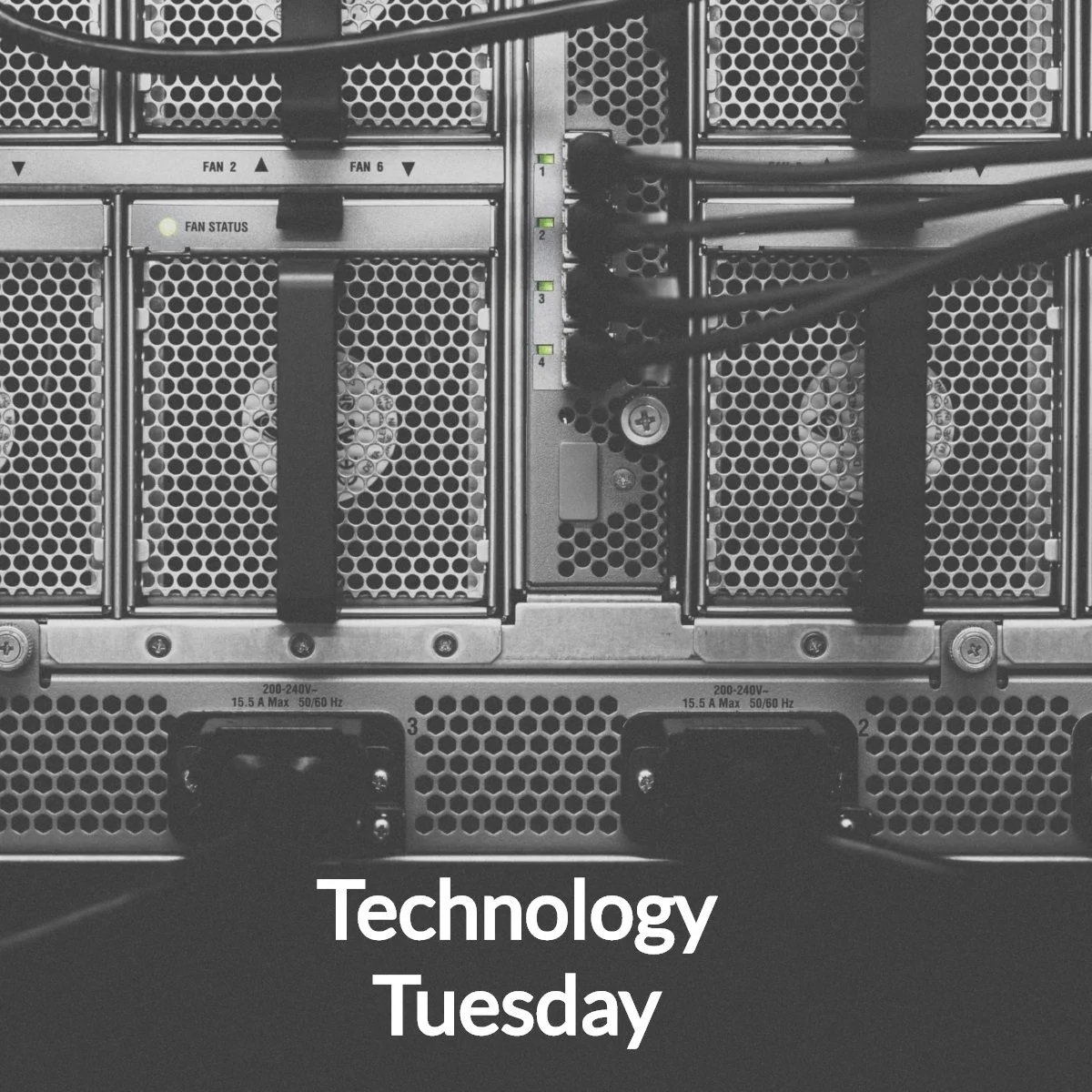Hello Partners!
I would like to talk about a term that gets tossed around quite a bit. In fact, our work is simply inundated with different terms and acronyms that get tossed around and, as an organization, we feel we would not be doing our jobs effectively if we did not take a moment, now and again, to ensure everyone has an understanding of what we are talking about.
One of those acronyms is DERs which stands for Distributed Energy Resources. A DER can be made up of many things but the overall purpose of it is to “help support the delivery of clean, reliable power to additional customers and reduce electricity losses along transmission and distribution lines.” Distributed energy resources are small scale electricity resources that help to meet supply and demand by using their interconnectivity to the grid. A lessor known fact is that about 30% of electricity is lost in transmission along transmission and distribution lines. A DER can save electricity simply because it shortens the distance electricity must travel to get to the end user. The shorter the distance it must travel, the less electricity will be wasted.
There are two components to a DER, physical and virtual. The physical component of a DER is relatively small; therefore, its capacity is relatively small. A typical DER has the capacity of about 10 MW. The physical assets can be almost anything or a combination of items such as diesel and natural gas generators, battery storage systems, solar arrays, wind farms, microturbines, among other things. DERs can also be owned and controlled by a local business or organization or an electric utility.
The cool part is the virtual component of a DER because that is what makes everything go! The name of the game is to ensure that electricity generation matches the amount of demand at all times. Therefore, the virtual component of DER works to shape, reduce, or disconnect electric loads as needed to achieve this end. For example, most electric utilities have a program that people are able to sign up for which is often called a demand response program. Through this program, with customers’ permission, the electric utility has the ability to remotely turn off air conditioning during certain times of the day when additional capacity is needed on the larger grid. This can provide a tremendous amount of relief to the grid and avoid rolling blackouts, which no one wants.
There are a lot of opportunities for energy savings and renewable energy with DERs. Most utilities have a demand response program or offer it as part of a larger program through which customers are able to earn incentives. As renewable energy generation and battery electric storage become more and more common place, we can expect to see more DERs being implemented. Keep an eye out on this technology!
The savings never stop!
Connect with us:
T (877) 748-0841
E INFO@SJVCLEANENERGY.ORG
Check out our website!
WWW.SJVCEO.ORG

